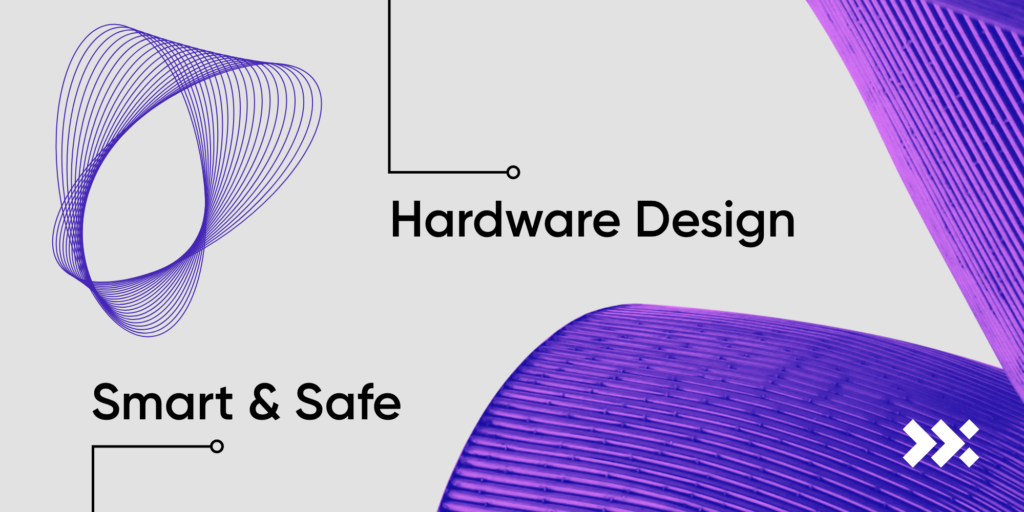Key takeaways:
- From the simplest sensor, a complex safety system is critical for a client’s satisfaction. Not to mention the sustainability of their business.
- Safety standards for a Telematic device should always cover unexpected malfunctions, no matter what the transportation mode.
- Safety standards should satisfy the minimal requirements of transportation modes, from ocean freight and air to rail and road.
- Safety should never get in the way of any technological development.
- Standard developments are a brilliant opportunity for technology vendors and users to join forces.
When it comes to IoT equipment, safety should be guaranteed and never underestimated — throughout the entire process of the technology evolution.
With the supply of geolocation tracking and monitoring solutions for cargo (and its transportation) continuously growing, there is more variety of IoT and other “smart” devices than ever before — all of which are attached to a transportation unit or directly to cargo. Of course, all these should withstand the most intricate safety and quality tests.
Thanks to the intermodal nature of most transportation units, these fleet management solutions are exposed to a host of different environments, as well as the telematic devices attached to assets. Whether it’s a single trip or a permanent installation, the event reporting technology has to be prepared for everything from extreme weather conditions and mechanical damage to vandalism, intermodal change, and other major shocks.
However, safety needs can’t begin to stunt technological development and creativity. Nowadays, there are multiple standardization bodies that allow different stakeholders to brainstorm, confirm use cases, analyze suitable solutions and come to a unilateral decision, which safety requirements are sufficient for a certain technology. Open dialog among the telematics providers creates a (healthily) competitive environment, where the safety and quality of the products are never compromised. Collaboration among competition vendors and their clients for sustainable market development is a new benchmark today. It enriches the industry with high-quality solutions, helping users of this exciting technology evaluate the options.
One of the most highly discussed topics in this business is the so-called “safe type device”. The intermodal nature of the asset transportation means a tank container passes through many different environments, including potentially explosive and hazardous atmospheres. Industry experts are discussing the impact of these atmospheres on operations safety and a hardware design for asset monitoring.
If a container changes transportation modes and is in rail transit, for example, where specific safety certificates are mandatory, does it mean the telematic equipment should be certified accordingly? As much as we hope for a ‘one size fits all’ safety regulation, this is a real challenge. A “one for all” solution would need to cover all possible dangerous malfunctions. So an approach that differentiates safety regulations for telematics hardware based on the device’s design, mounting location, contact with the cargo, type of cargo, and an approximate number of hours spent in the hazardous areas makes safety far more rational, but still protective. After that, it falls on the telematics provider to decide if they want one product for all container types or a pallet of different products.
Globally-accepted ISO (International Organization for Standardization) standards and specifications, as well as IEC (International Electrical Safety) regulations (e.g. IEC 60079-0. IEC 60079-11, and more) help define a safe design, after a decision for a concrete telematics solution is complete. Introspective and assertive hardware design can generate a positive reputation for supply chain visibility and digitization. How? By eliminating fears and uncertainties connected to safety aspects when it comes to rail container tracking.
To stay up to date on future safety standards, active participation in the relevant standardization bodies is crucial. Each process of standard development has phases of proposal, evaluation, drafting, and ratification. Nowadays, both clients and vendors can proactively influence these processes by proposing their own use cases, emphasizing segmental characteristics, and discussing cutting-edge technologies in detail. Nexxiot is focused on fusing the needs of our clients with innovative solutions while remaining actively involved in key standardization organizations. At Nexxiot, safety is not merely a requirement, but a benchmark. We want to guarantee the well-being of our client’s assets, cargo, and personnel, and we do this by eliminating damage risks caused by IoT technology. Ultimately, we understand that telematics solutions for fleet management are here to bring efficiency into the market, but can not be associated with risk. We are here to push for the utmost safety across the industry.

